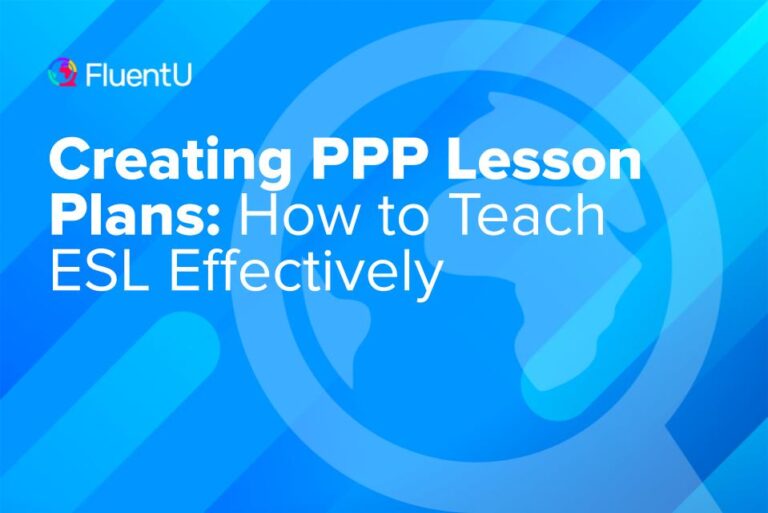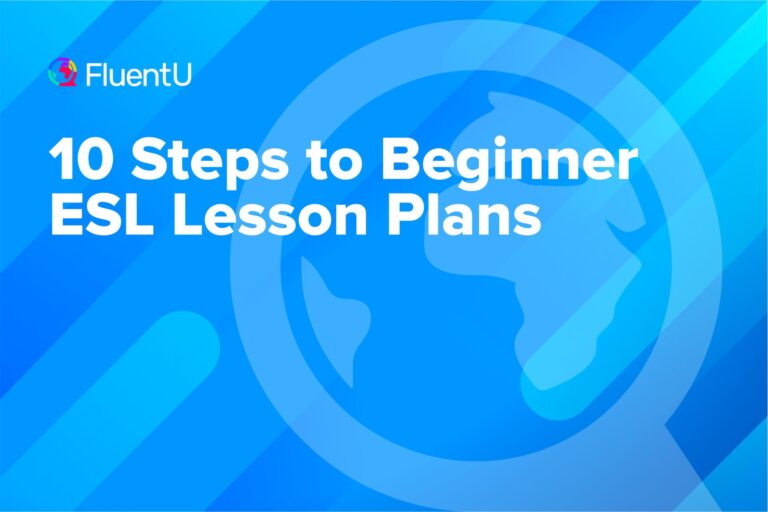The Bilingual Method of Teaching English

Is a student’s mother tongue a help or hindrance in learning a new language?
Pop your head into English language classes around the world and it would appear it’s more often considered a hindrance, where the full immersion method is usually preferred.
But proponents of the bilingual method—which uses the students’ native tongue as well as the target language together—argue that including the mother tongue in the classroom is an effective tool for achieving fluency in a second language.
In this post, we’ll examine how using the bilingual method can benefit your students, with seven advantages, some clear disadvantages and a good working definition of what exactly the method entails.
Download: This blog post is available as a convenient and portable PDF that you can take anywhere. Click here to get a copy. (Download)
What’s the Bilingual Method?
The bilingual method is a language learning method where the student’s mother tongue and the target language are used together. In this method, teachers and students use their native language to explain concepts in the target language, and comparisons are often made between the two languages.
The method was developed by C.J. Dodson in the 1960s, and it makes use of the traditional three Ps: presentation, practice, production. First, you present material. Then you all practice together and students are expected to produce something with their new knowledge.
The bilingual method advocates the use of the L1 in learning the L2, and it places a strong emphasis on spoken language.
Advantages of the Bilingual Method of Teaching English
1. Students become functional bilinguals
If the aim of language learning is ultimately for the student to become fully bilingual (or multilingual) then this method models this positive outcome from the very beginning.
As the students begin their language learning journey, their destination is visible in their language teacher. The competence and confidence of the teacher as they move from L1 to L2 and back again is a clear model for the student to emulate.
2. Never miss out on a lesson
Rather than being a hindrance, advocates of the bilingual method argue that the mother tongue of the students is the greatest resource in the language learning process.
This is true particularly for those students over the age of 7 or 8, when the mother tongue has been firmly established in the students’ minds.
The bilingual method allows easy glossing of difficult words and efficient explanations of points of grammar. Time saved in this manner optimizes learning opportunities.
3. Give some love to other languages
While English, with an estimated 360 million native speakers, is the third most widely spoken language in the world, it’s sometimes considered first in terms of prestige. And keep in mind that 1.35 billion people speak English in some capacity.
For this reason, students worldwide are clamoring to learn it. This is good news for English language teachers. However, there are inherent dangers for languages considered less prestigious.
The French linguist Claude Hagege argues, “If we aren’t cautious about the way English is progressing it may eventually kill most other languages.”
An important aspect of the bilingual method is the acknowledgement it gives to the importance and the validity of the student’s native language and culture.
4. Accessibility
The bilingual method ensures accessibility. Students beginning the daunting task of learning a new language can immediately find a level of familiarity, avoiding the terrors of that “deer in the headlights” stage of acquiring new skills.
Through the use of the mother tongue, meaning is conveyed efficiently and the teacher can ensure that concepts have really been grasped, adapting the pace of the lesson accordingly.
5. Discipline
Many fresh-faced English language teachers landing on exotic shores with a shiny new TEFL certificate struggle with this one. An oft-heard complaint among foreign teachers is that they aren’t afforded the respect given to the local teachers.
Learning the local language can be a sure-fire way to improve your classroom management skills. Expectations can be made explicit from the beginning when you have the ability to speak the students’ native tongue. It will also aid in ensuring smooth transitions between lesson activities, ensuring effective use is made of the time available.
You can get into the details of language much more deeply than you can if you only speak English. If you can explain concepts in the students’ native language, then newcomers to English will be able to grasp the more complex statements you’ll want to make about grammar and vocabulary use.
All in all, you’ll be able to get your students farther, faster.
6. It’s a teacher’s tool, not a student crutch
Though the bilingual method employs the students’ native language, it’s important to note that it’s predominantly the teacher who makes use of the native tongue.
The bilingual method focuses more on using the language for oral communication. Students won’t be using their native tongue much in the classroom.
7. Build strong foundations for reading, right from the start
The bilingual method makes use of the written form of the language from the start. This allows students to begin to see the shapes of words as they repeat them orally.
This helps to get students used to English language idiosyncrasies like our sometimes crazy spelling system.
Disadvantages of the Bilingual Method
The bilingual method, although loved by many teachers, has its share of drawbacks.
- It can foster dependency on the learner’s native language, hindering their ability to think and communicate directly in English. This reliance may impede fluency development and inhibit the natural flow of conversation.
- It risks missing some cultural nuances and idiomatic expressions, which may not be adequately conveyed. This is because literal translations can lead to misunderstandings.
- The bilingual method is dependent on proficient bilingual instructors, which may limit its applicability in regions with a shortage of qualified teachers.
- The method may neglect the immersive language experience crucial for developing authentic linguistic skills, potentially leading to stilted or formulaic speech patterns.
Tips for Using the Bilingual Method in Your Classroom
As with any teaching method, reading about it in an academic paper and implementing it in your classroom are totally different things. Here are some ideas for how to go about doing that:
Use what’s useful
There’s more than one way to skin a cat, as they say.
The bilingual method has some great advantages, but other methods, such as the grammar-translation and direct methods, have theirs too. “Know your audience” isn’t only the first rule of comedy, but it’s also the first rule of teaching.
Don’t be a slave to a system that isn’t the most effective tool for the students in your care. As Bruce Lee said, “Adapt what is useful, reject what is useless and add what is specifically your own.”
Make a sandwich
The sandwich technique involves the following process:
1. Introduce new word or phrase in L2 (English).
2. Give the idiomatic meaning in L1.
3. Repeat the new word or phrase in L2.
This technique and its variations are advocated strongly by Wolfgang Butzkamm, who many view as the heir to C.J. Dodson’s ideas.
Combine written and oral exercises
The importance of attaining oral fluency is apparent in the central place dialogues play in this method.
However, children should be given opportunities to refer to written texts in the target language while practicing these dialogues. They should then be given opportunities to role-play and improvise around the language structures covered.
Though the bilingual method has been much neglected in recent years, it’s clear that it has much to offer.
Since we’re thoughtful teachers, willing to self-reflect and reassess our teaching strategies, we should recognize that its value is worth a rethink.
Give the bilingual method of teaching a try in your classroom!
Download: This blog post is available as a convenient and portable PDF that you can take anywhere. Click here to get a copy. (Download)







